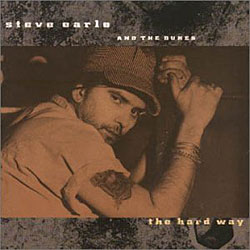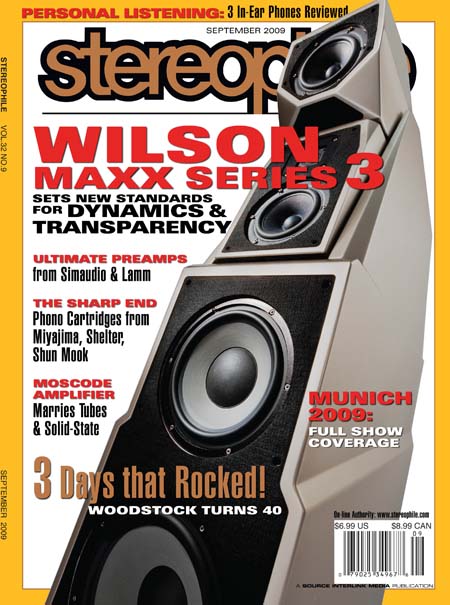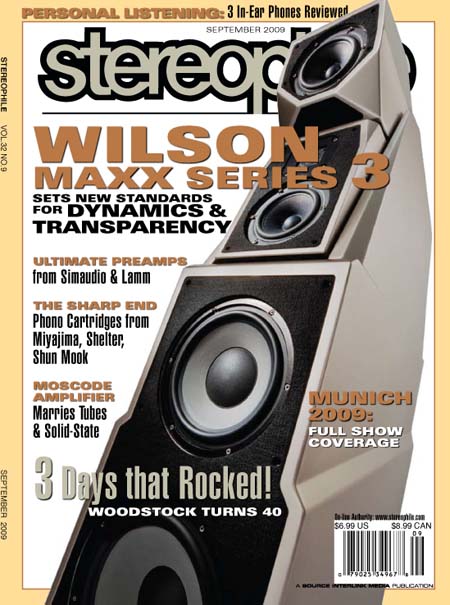
Gunz!
- Read more about Gunz!
- Log in or register to post comments

I am running my Technics Sl-D2 turntable with a Shure m44G cartridge through a BBE phono preamp into a pair of audioengine A2 speakers. On certain records, "s" sounds distort, and crash and ride cymbals sound tinny and semi-painful. Is it the records, my cartridge, my table? All of the above? Please help.
The two LPs I noticed this on were "Already Free" by the Derek Trucks band (the CD and MP3's do not distort on the speakers). And Try! by the John Mayer Trio (Mp3's didn't distort either.)
http://www.beethoventrio.com/
http://www.chicagoartistsresource.org/music/node/19218
The links above are about the performances of the Lost Beethoven Piano Trios. I have inquired about the possible release of the commercial recordings of that concert in Chicago. I will pass them along as I am informed.
Jim


Just saw this story:
http://cityroom.blogs.nytimes.com/2009/0...-police-say/?hp